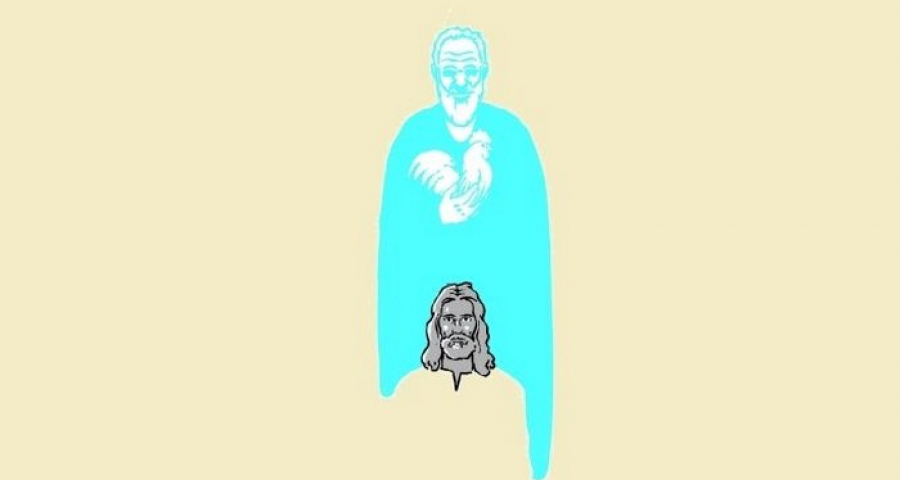In reconciliations, before the blessing embrace there is a blessing gaze, which is an intimate embrace of the eyes. In that gaze began Jesus' forgiveness, and began Peter's resurrection.
by Luigino Bruni
published in Il Messaggero di Sant'Antonio on 03/11/2025
Homo sapiens is an animal capable of betrayal. But it is also capable of forgiving, and sometimes of starting over, after the most serious and painful betrayals, such as those in marriage or in business. We are not able to put toothpaste back in the tube, but we are able to resurrect a betrayed relationship.
The Gospel – along with the entire Bible – is also a great spiritual and ethical code for understanding the different types of betrayal and the types of resurrection after betrayal. The most famous betrayal is that of Judas, partly because it is a real twist: no one, not even Jesus, expected the betrayal of one of the twelve, of the one who, in the Gospel of John, had the community's purse (a position of trust) and was given a role of respect (as we understand from the arrangement of the twelve during the Last Supper, also in John). Judas had witnessed Jesus' miracles and words, and he had also performed them, like the other apostles. Judas is the only one whom Jesus calls “friend” in all the Gospels (Matthew 26:50). That betrayal by a close friend, a member of his household, was the greatest surprise for Jesus. Among the great surprises for Jesus was also that of a friend who sold him out, perhaps for the money-mammon that he had called “god” and which here reveals all its deadly power.
In the Gospel, however, we also have Peter's betrayal – or denial. Christian tradition has always identified a parallel between Judas' betrayal and Peter's, because there really is one. Yet they are very different. Peter's denial-betrayal is not planned; it is not the culmination of a deliberate and intentional act. The words Peter says to Jesus during the Last Supper – “Lord, I am ready to go with you even to prison and to death” (Lk 22:32) – seem sincere, and they are: at that moment, Peter is truly convinced that he would never be scandalised by Jesus, even if all the other apostles were. Peter was sincere even in that extreme dialogue because he could not have known how he would react a few hours later. His betrayal is one of weakness, of fragility, of not having found the resources to react in the face of a great temptation. The betrayal of the sincere is an evil of experience: you realise you are betraying only while you are betraying, even though you sincerely did not want to betray before you found yourself in that temptation, and even less so afterwards.
Along with the cockcrow, the other decisive element in the story of Peter's betrayal is Jesus' gaze towards Peter: “Then the Lord turned and looked at Peter” (Lk 22:61). We see it again today, now. Peter feels himself being looked in the eye again, he sees again the gaze that had called him along the Sea of Tiberias. Only the sincere and the pure are converted by a gaze that rekindles in them the never-fading memory of the first gaze of love, and this is true every day, even in our relationships with one another, when certain gazes convert us because they suddenly and unexpectedly reawaken in our minds a deep and different gaze that we had forgotten, but which was always there: how many people are saved every day by glances like this one from Jesus, glances of resurrection from the one who continued to love us in the underworld where we had fallen. In reconciliations, before the blessing embrace, there is a blessing glance, which is an intimate embrace of the eyes. In that glance, Jesus' forgiveness began, and Peter's resurrection began.
Photo credit: © Giuliano Dinon / MSA Archive
